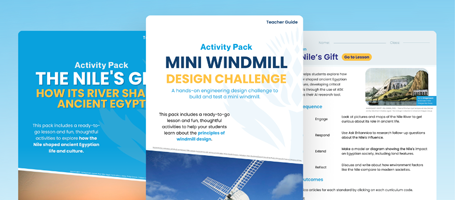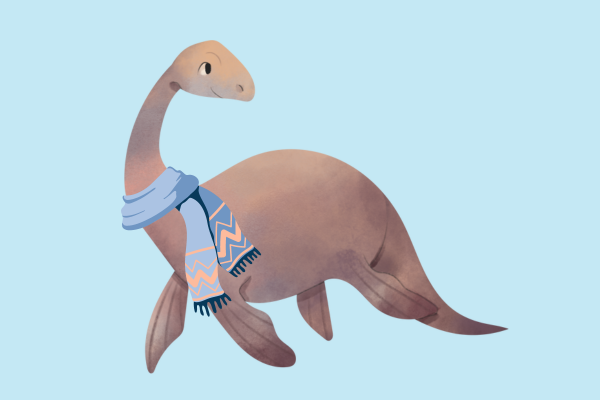Celebrate Dinosaur Day by diving into the realm of these prehistoric giants with your students!
Make the most of the occasion and use it as an opportunity to challenge misconceptions and inspire a scientific understanding of dinosaurs. Here’s how you can transform four common dinosaur myths into teachable moments with engaging, fact-based insights.
Dinosaur Myth 1: All dinosaurs were very large in size.
It’s a common scene in movies: vast herds of gigantic dinosaurs roaming the earth. However, dinosaurs were incredibly diverse.
Teaching Idea
Introduce students to the lesser-known, smaller dinosaurs like the Velociraptor or Microraptor through a “Dinosaur Size Sort” activity. Using printable size comparison charts and images from Britannica ImageQuest, students can visually grasp the vast range of dinosaur sizes, from the towering Argentinosaurus to the tiny Compsognathus.
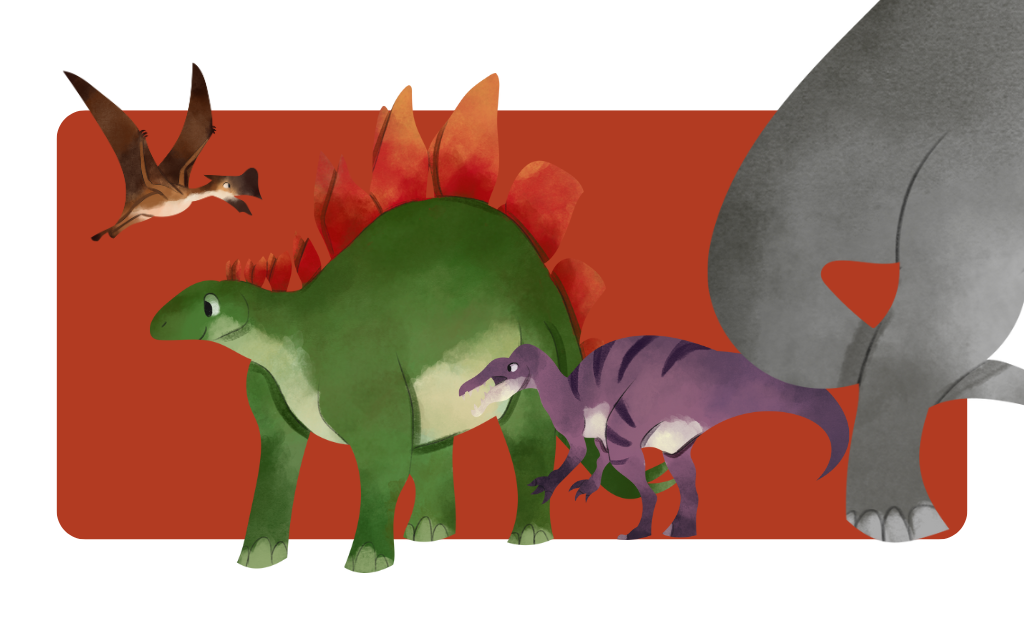
Dinosaur Myth 2: Dinosaurs Lived Simultaneously.
The Mesozoic Era stretched over 180 million years, with different dinosaurs appearing and becoming extinct at various times.
Teaching Idea
Create a classroom timeline where students can map out when popular dinosaurs like the Stegosaurus and the T-rex lived, emphasising the changes over the Triassic, Jurassic, and Cretaceous periods. This activity highlights the evolutionary progression and helps students understand the concept of geological time.
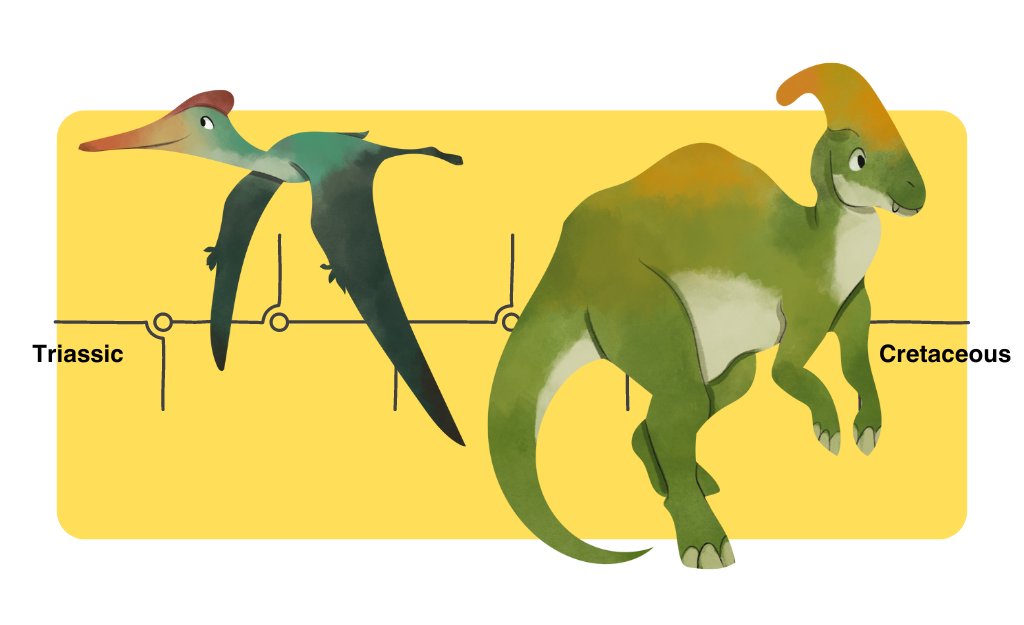
Dinosaur Myth 3: All Dinosaurs Were Cold-Blooded.
Recent research suggests some dinosaurs were likely warm-blooded, much like modern birds.
Teaching Idea
Discuss these findings to challenge the image of dinosaurs as sluggish reptiles. Use articles and media from Britannica Resources to spark discussions and reflect on how these traits might have affected dinosaurs’ survival and behaviour.
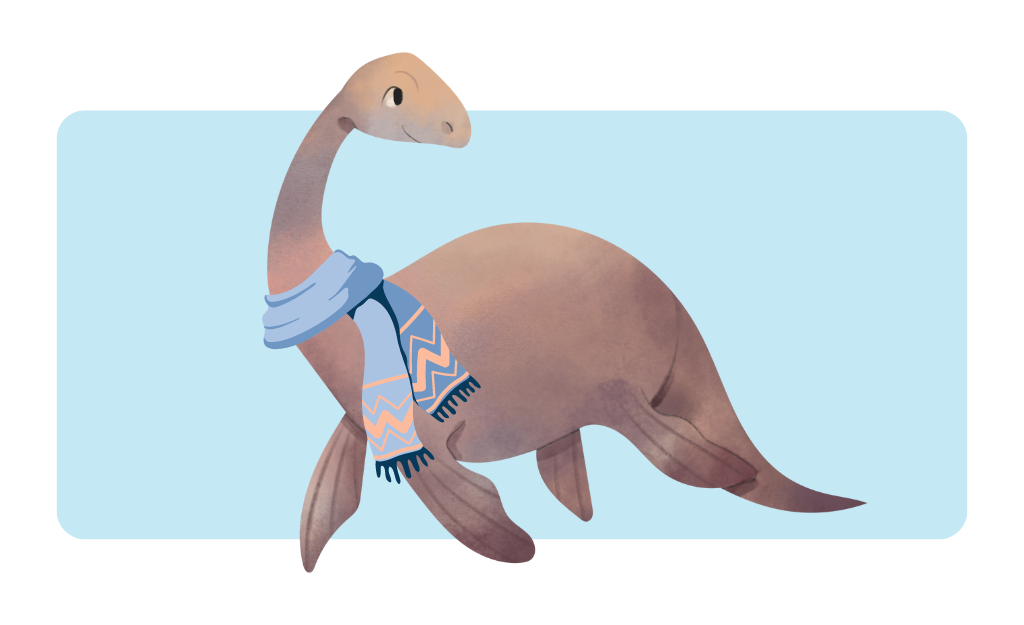
Dinosaur Myth 4: Dinosaurs and Humans Coexisted.
The dinosaurs that comingled with our ancient ancestors were modern birds – the closest natural relatives to the extinct dinosaurs.
Teaching Idea
This myth provides a good opportunity to teach about the fossil record and the geological timeline. Showcasing clear, visual timelines or interactive online simulations can help students see that dinosaurs went extinct millions of years before humans appeared. Resources like Britannica School can offer accessible, age-appropriate content that can be integrated into your lesson.
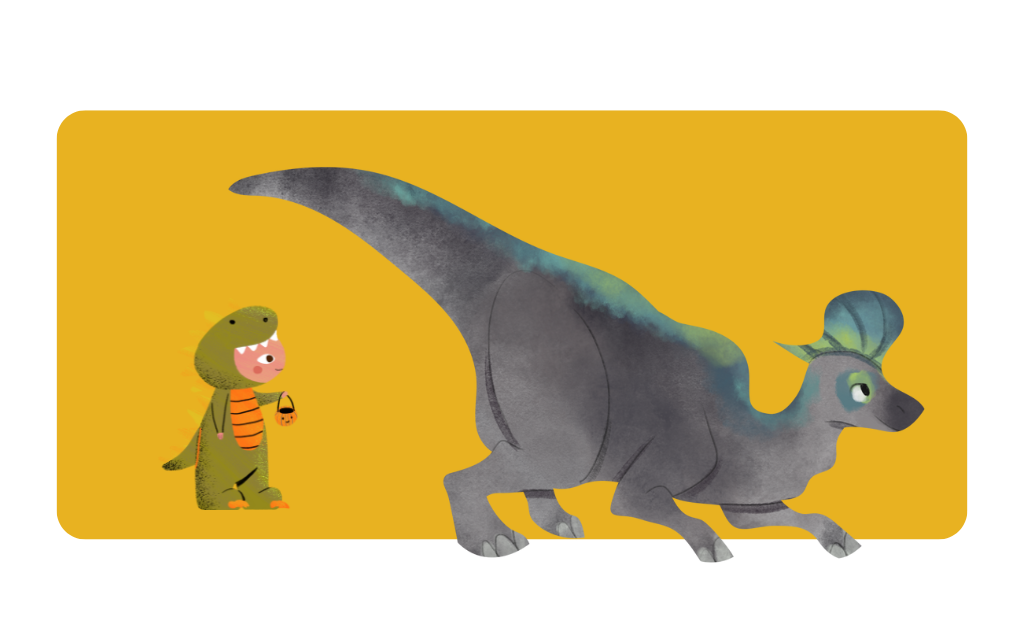
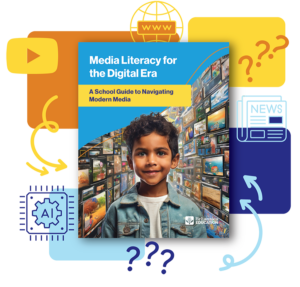
Help your students learn to differentiate between facts and fiction. Master media literacy with Britannica’s free guide Media Literacy for the Digital Era: A Schools’ Guide to Navigating Modern Media.
Ready to take media literacy learning further? Sign up for the latest resources and insights from Britannica, to keep your class ahead of the digital curve.
